Few companies have a clear, concisely considered, compelling winning strategy in place.

In Playing to Win: How Strategy Really Works, A.G. Lafley says, “strategy is an integrated set of choices that uniquely positions the firm in its industry so as to create sustainable advantage and superior value relative to the competition.”
The problem isn’t the definition.
The problem is most companies don’t ever define what it means to WIN!
Most CEOs allow what is urgent to crowd out what is important. When an organization's bias for action drives doing, thinking falls by the wayside.
Only by making and acting on choices can you win.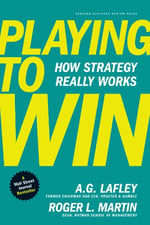
Clear, tough choices force your hand and confine you to a path. It frees you to focus on what matters.
What matters is winning. Great organizations choose to win rather than simply play.
As Lafley shares, “What is the difference between the Mayo Clinic and the average research hospital in your neighborhood? Your local hospital is, most likely, focused on providing a service and on doing good. The Mayo Clinic, though, sets out to transform the world of medicine, to be at the vanguard of medical research, and to win. And it does.”
Tipping Point
Several of my coaching customers are about to reach a pivotal stage in their growth: $10 million in revenue.
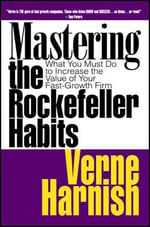 In Verne Harnish’s original Mastering the Rockefeller Habits: What You Must Do to Increase the Value of Your Growing Firm, he notes, “The market makes you look either smart or dumb. When it’s going your way, it covers up a lot of mistakes. When fortunes reverse, all your weaknesses seem to be exposed. And there’s a counterintuitive aspect to growing a business: when the firm is under $10 million in revenue and just a little more focus internally on establishing healthy organizational habits would pay off in the long run, you tend to focus mostly externally. In turn, as the organization passes $10 million, the organizational complexity issues start drawing the attention of the senior team inward at a time when it’s probably more important for the team to be focused more on the marketplace.
In Verne Harnish’s original Mastering the Rockefeller Habits: What You Must Do to Increase the Value of Your Growing Firm, he notes, “The market makes you look either smart or dumb. When it’s going your way, it covers up a lot of mistakes. When fortunes reverse, all your weaknesses seem to be exposed. And there’s a counterintuitive aspect to growing a business: when the firm is under $10 million in revenue and just a little more focus internally on establishing healthy organizational habits would pay off in the long run, you tend to focus mostly externally. In turn, as the organization passes $10 million, the organizational complexity issues start drawing the attention of the senior team inward at a time when it’s probably more important for the team to be focused more on the marketplace.
As the organization passes $10 million, internal and external pressures come to the forefront. Externally, the organization is now on more radar screens, alerting competitors to our threats. Customers are beginning to demand lower prices as they do .jpg?width=300&name=Plateaus%20and%20Valleys%20of%20Death%20(Verne%20Harnish).jpg) more business with your organization. At the same time, internal complexities increase, which causes costs to rise faster than revenue. All of this begins to squeeze an organization's gross margin. As gross margin slips a few points, the organization is starved of the extra money it needs to invest in the infrastructure, like accounting systems and training, creating a snowball effect as the organization passes the $25 million mark.
more business with your organization. At the same time, internal complexities increase, which causes costs to rise faster than revenue. All of this begins to squeeze an organization's gross margin. As gross margin slips a few points, the organization is starved of the extra money it needs to invest in the infrastructure, like accounting systems and training, creating a snowball effect as the organization passes the $25 million mark.
This is the challenge for my customers.
Barriers to Growth
There are roughly 23 million firms in the US.
Only 4 percent achieve revenue above $1 million.
Of those firms, only about 1 out of 10, or 0.4 percent of all companies, make it to $10 million in revenue, and only 17,000 companies surpass $50 million. (See the chart here for Plateaus and Valley of Death.
As organizations move up this growth path, they go through a predictable series of evolutions and revolutions.
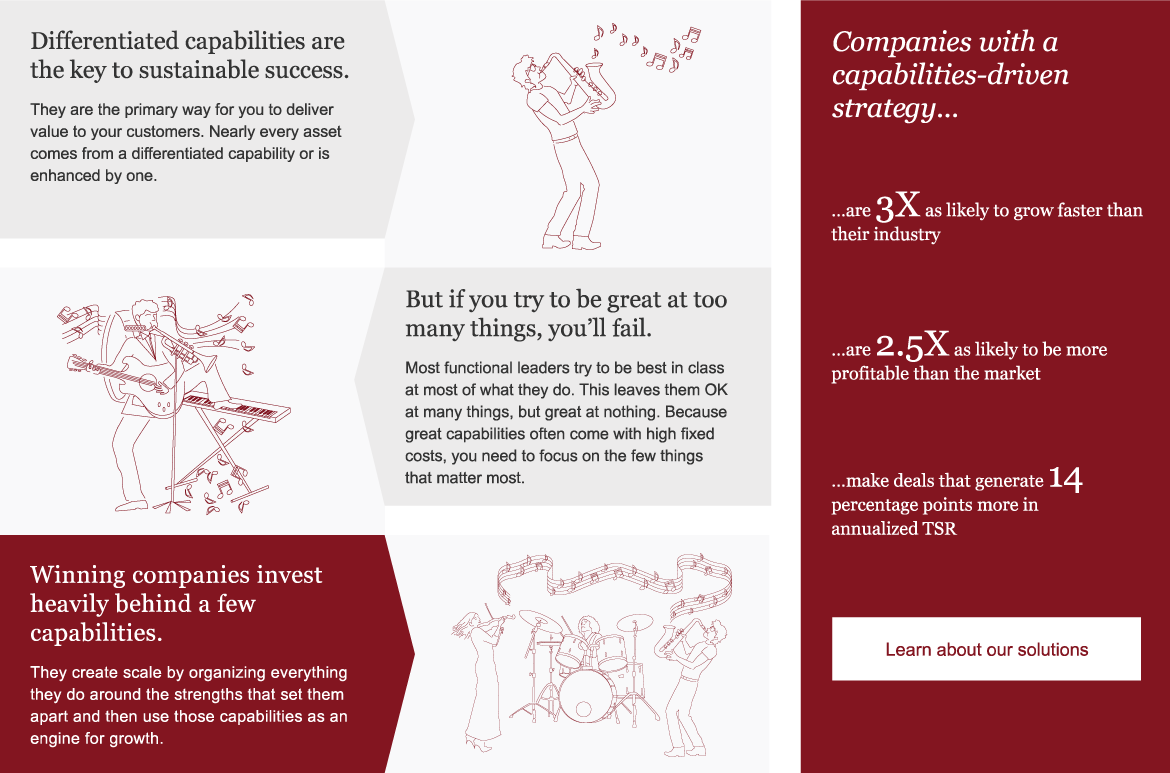
Companies that exceed $10 million make tough choices.
They know what their winning aspiration is. They define what winning is for their organization.
What is Your Winning Aspiration?
“A Winning Aspiration defines the purpose of your enterprise, its guiding mission and aspiration, in strategic terms.”
In Strategy - What is Your Winning Aspiration? We share what a winning aspiration is. We share examples from McDonald's, Nike, and Starbucks.
What does winning look like in your organization?
Define What is Winning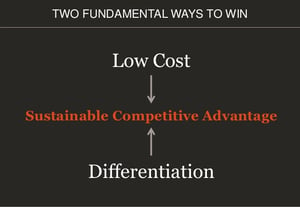
There is no one perfect strategy. None that will last for all time. There are multiple ways to win in almost any industry.
Mike Porter first articulated two generic ways to win: cost leadership and differentiation.
Yet winning is about integrating the five steps to Playing to Win:
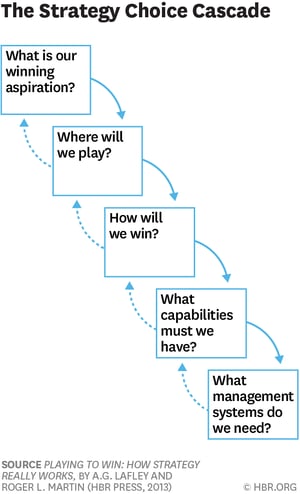 What is your winning aspiration? The purpose of your enterprise is its motivating aspiration.
What is your winning aspiration? The purpose of your enterprise is its motivating aspiration.- Where will you play? A playing field where you can achieve that aspiration.
- How will you win? The way you will win on the chosen playing field.
- What capabilities must be in place? The set and configuration of capabilities required to win in the chosen way.
- What management systems are required? The systems and measures that enable the capabilities and support the choices.
Each of these 5 steps is critical to define your business strategy. It requires hard work, strategic thinking, and difficult choices.
Are you Playing to Win, or playing to play?
For help developing a winning strategy, contact dwick@positioningsystems.com
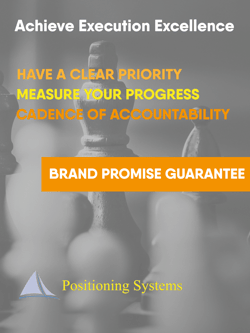 Growth demands Strategic Discipline.
Growth demands Strategic Discipline.
To build an enduring great organization requires disciplined people, disciplined thought, disciplined action, to produce superior results, and make a distinctive impact in the world.
Discipline sustains momentum over a long period of time, laying the foundations for lasting endurance.
A winning habit starts with 3 Strategic Disciplines: Priority, Metrics, and Meeting Rhythms. Forecasting, accountability, individual, and team performance improve dramatically.
-2.jpg?width=250&name=3%20Disciplines%20of%20Execution%20(Strategic%20Discipline)-2.jpg) Meeting Rhythms achieve a disciplined focus on performance metrics to drive growth.
Meeting Rhythms achieve a disciplined focus on performance metrics to drive growth.
Let Positioning Systems help your business achieve these outcomes on the four most Important Decisions your business faces:
|
DECISION |
RESULT/OUTCOME |
|
PEOPLE |
|
|
STRATEGY |
|
|
EXECUTION |
|
|
CASH |
|
Positioning Systems helps mid-sized ($5M - $250M) businesses Scale-UP. We align your business to focus on Your One Thing! Contact dwick@positioningsystems.com to Scale Up your business! Take our Four Decisions Needs Assessment to discover how your business measures against other Scaled Up companies. We’ll contact you.
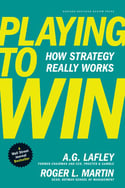 Next Blog – Win with Those Who Matter Most
Next Blog – Win with Those Who Matter Most
Unless winning is the ultimate aspiration, you will not invest enough of the right resources to create a sustainable advantage. Strategy begins with consumers, rather than products, and it’s winning relative to competition. We explore more of what strategy is and isn’t in the next blog.






.jpeg?width=150&height=135&name=Hand%20with%20marker%20writing%20the%20question%20Whats%20Next_%20(1).jpeg)

